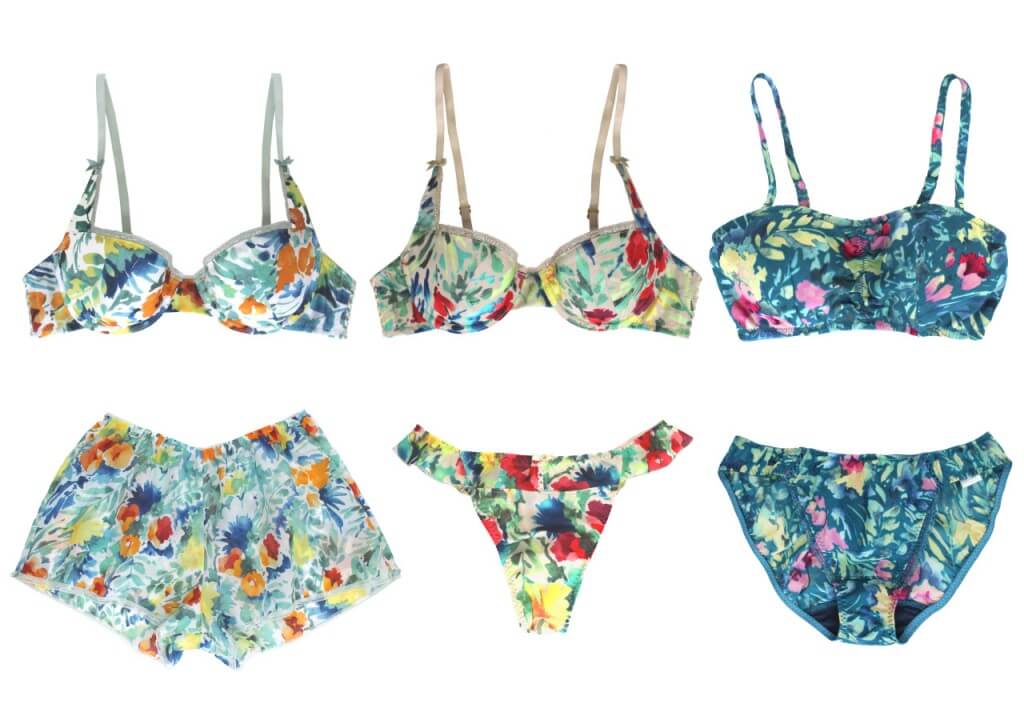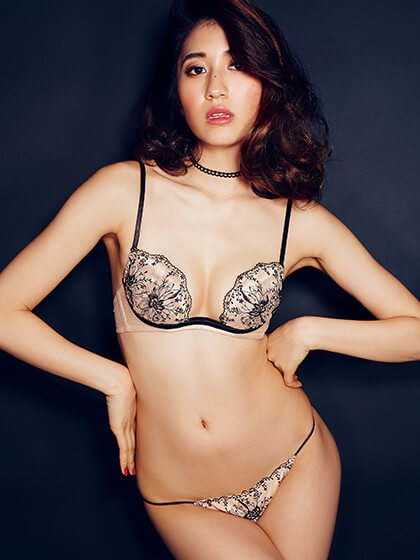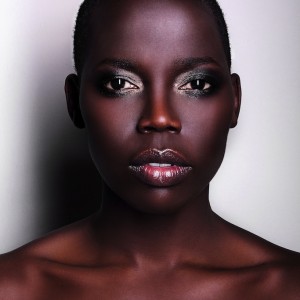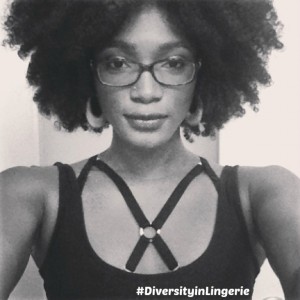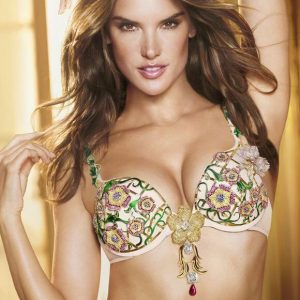The Return of the "Geisha": Are Asian Stereotypes Making a Comeback in Lingerie?
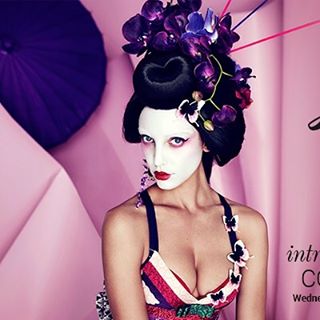
Marlies Dekkers' most recent fashion show
I wrote this article a week or so ago, but decided against publishing it. Then I thought about it more and decided this article needed to be published, but also that I should explain why I was so hesitant in the first place. And so here we are a with a blog post that's somewhat meta and rather inconclusive, but hopefully shines a light on what seems to be a returning (and disturbing) trend.
One thing I'm not the least bit hesitant about, however, is telling you how absurd the image at the top of this blog post is. Part of Marlies Dekkers' ongoing Feminine|Feminist campaign (where she discusses, with no irony whatsoever, "disarming stereotypes"), I find myself struggling to understand how this incredibly racist image was approved by someone who claims to be a feminist (And no, we're not going to debate if it is or isn't racist. It is. Here are some resources for anyone who's confused: 1, 2, 3, 4, 5)
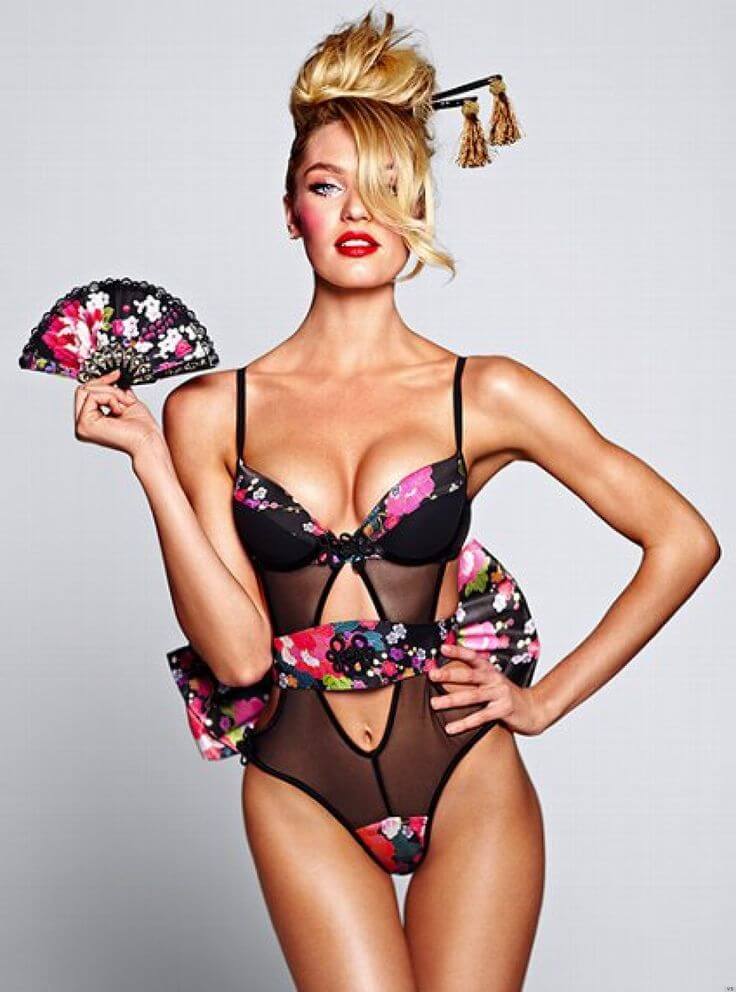
Marlies Dekkers, meet Victoria's Secret.
Not only does Marlies Dekker's "Couture Geisha" fashion show - complete with stark white face paint, terrible black wigs, and conspicious bowing - reinforce the classic, not-at-all-subtle stereotype of East Asian women being submissive, sexually available playthings, it also tips over into lurid, startling Yellowface. Painting white people to "look Asian" is unacceptable. It's not "cultural inspiration." It's cultural parody, as much a caricature as Mr. Yunioshi.
Much like mainstream fashion designers who are "inspired by" people of color, yet somehow manage to avoid using them in fashion shows, advertising, or marketing campaigns, Marlies Dekker's vision of East Asia is overwhelmingly Eurocentric in nature. It is an archaic, colonialist fantasy of Asia, informed and inspired by imperialism, not by the history of the culture it claims to portray.

Screenshot from the Couture Geisha Fashion Show

Screenshot from the Couture Geisha Fashion Show

Screenshot from the Couture Geisha Fashion Show
While putting together this post, I asked a couple of my fellow lingerie bloggers - marionettemew and girlandlingerie - what they thought of Marlies Dekkers newest collection. They gave TLA permission to share what they had to say below.
There are so many brands that I want to love. But so many of them have, at some point, released an "oriental" themed collection. Sometimes it's not a big thing, just cherry blossom prints and a Japanese name - how original! Sometimes it's a lot worse...drawing on orientalist stereotypes, using yellowface in an ad campaign...as Marlies Dekkers has just done. I've loved the look of her Dame de Paris bra since I first saw a photo of it, and if it came in my size I would have bought one. It makes me sad that I would have supported a company that seems to think so little of me.
Lingerie is sexualized, and so are Asian women, so maybe it's not surprising that brands try to combine the two. But they're selling a fetish along with their satin and lace. When they send their models down the runway, in heavy wigs and painted faces, palms pressed together, what are they trying to do? What feelings do they want to evoke?
When people incorporate their own cultures into their work, they're sharing something of themselves. It has meaning. When it's done by someone with no connection to the culture, though, they can only use the most superficial, visible aspects of the cultures they claim to be inspired by. When this happens in a society where there is a long history of stereotypes against "foreign" cultures, all these visual cues evoke and reinforce those racist stereotypes: in this case, that of the sexualized "Geisha," the silent, foreign, "exotic" woman.
These stereotypes are harmful. As I was writing this, I tried to search for the names of brands that have done this before, and couldn't find anything because the search results were flooded with "Asian" themed porn. Is that to be the only form of media in which I am to be widely represented?
I'm tired of this. I'm not your lotus blossom or dragon lady, your Miss Saigon or Madam Butterfly. I'm not your geisha, uniformed schoolgirl, Chinese concubine, comfort woman or war bride, and my heritage doesn't exist for you to colonize it (again). I'm not here to be exotified, Othered, eroticised, commodified. I'm not here for your orientalism. You don't get to use cultures that you can't even tell apart. You can't "combine East and West", not when my own blood is disregarded for that very combination. You can't do all that, not just to sell yet another cherry blossom print bra. ~ Girl and Lingerie
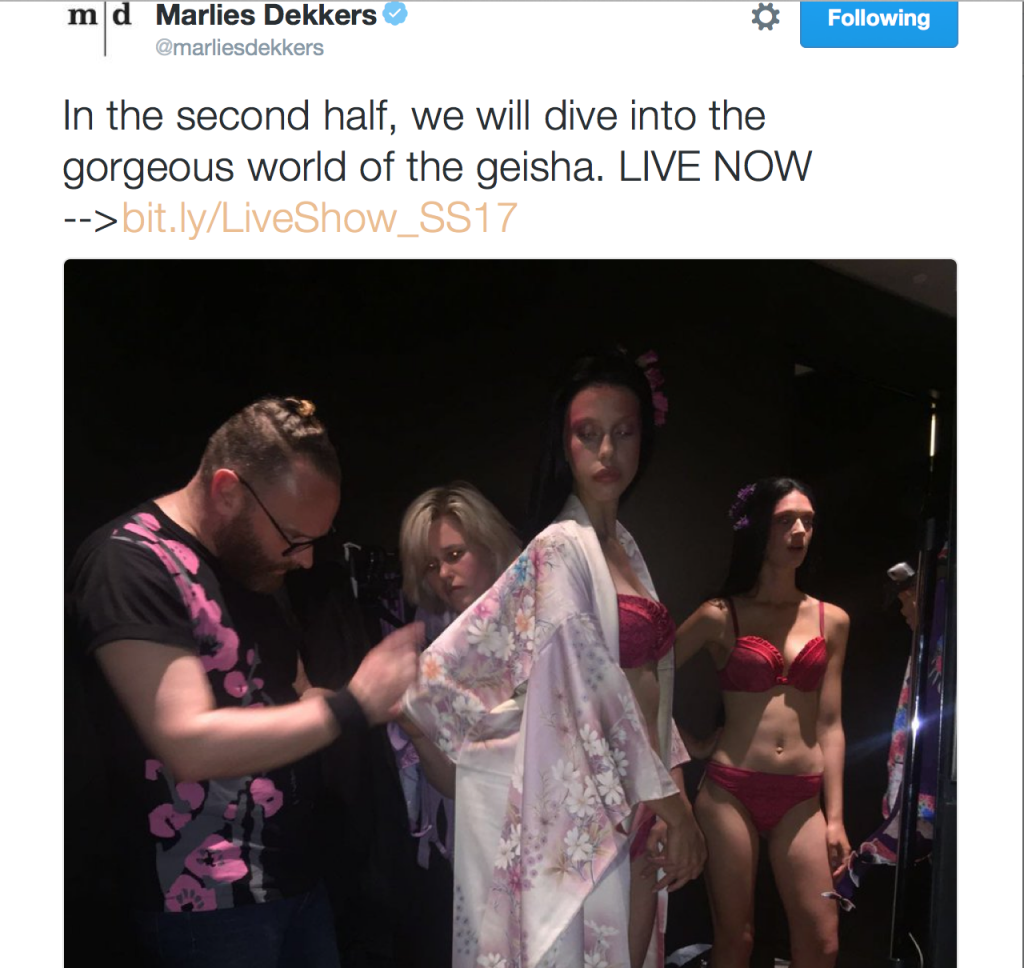
A screenshot from Marlies Dekkers' Twitter account.
As a woman of color who has to deal with despicable men who think I'm submissive because of stereotypes and constantly fetishize and sexualize me, I can't even express my rage. I am foaming at the mouth when I still see this racist stereotype bullshit perpetuated by companies who should know better. - Marionette Mew
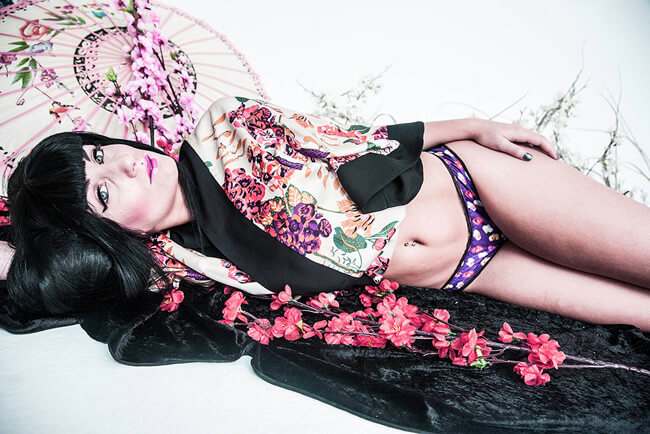
Guerilla Geisha
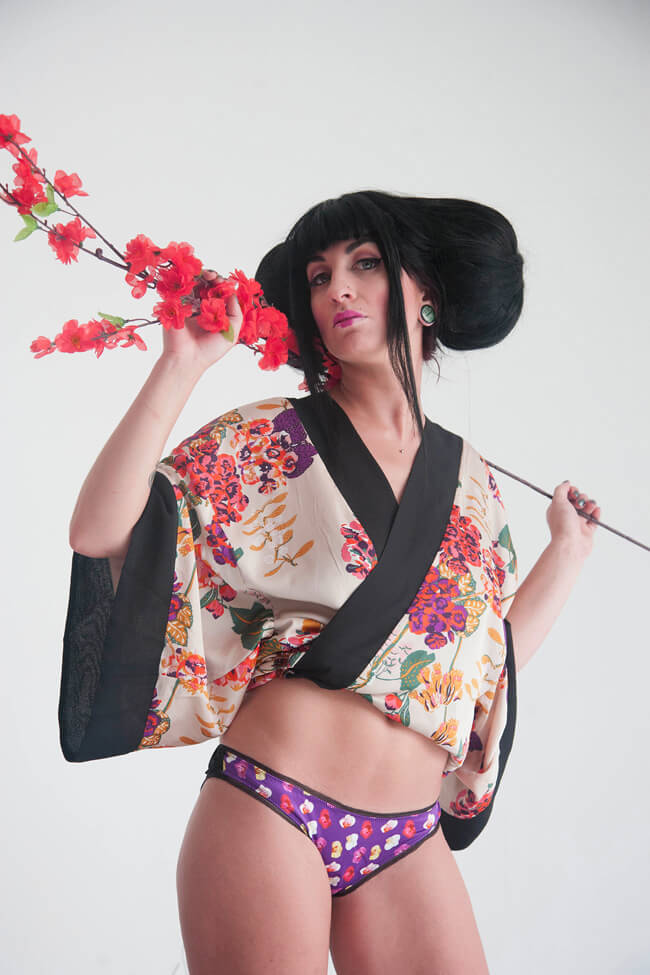
Guerilla Geisha
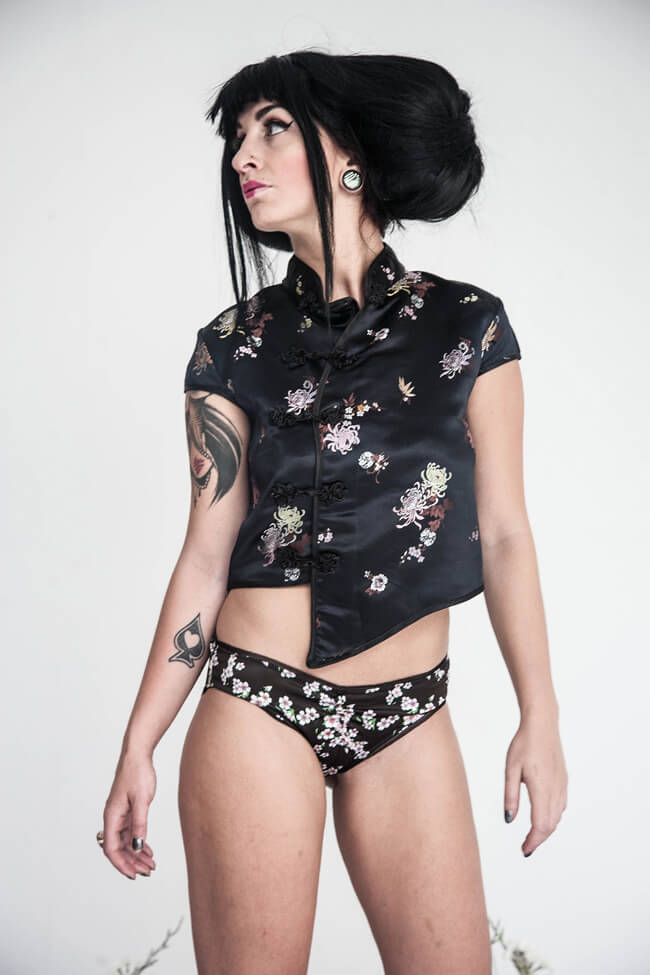
Guerilla Geisha
More distressing, however, is the fact that Marlies Dekkers is far from the only company looking towards the past. The newish label Guerilla Geisha traded heavily in this sort of imagery for their first season (although their second collection seems to be noticeably lacking this sort of styling...did they perhaps receive negative feedback?).
In addition, Bordelle's most recent collection is named "Japonisme" and is meant to explore the "influences of Japanese art, fashion, and aesthetic on Western culture." Like Marlies Dekkers, Bordelle claims to be inspired by Geisha. But how? The label has been doing open cup bras, strappy garter belts, and leg harnesses for years. How does Swiss embroidery and chopsticks in the hair evoke the art and legacy of geishas?
Of course, it's worth noting that neither brands "inspiration" extends to actually using East Asian models. The subtext is that the models chosen are better at "being" Asian than an Asian model could ever be...or at least that they're better at appealing to the orientalist fantasies of whoever these collections are supposed to entice.
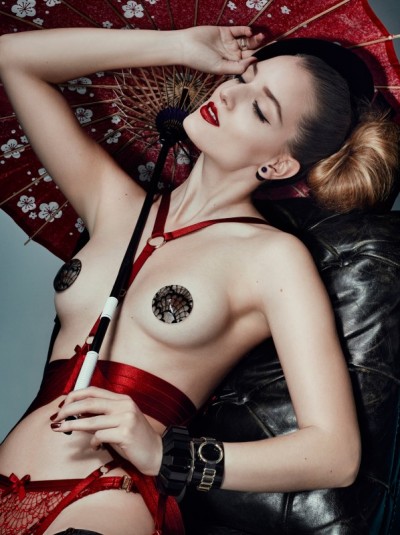
Bordelle Japonisme
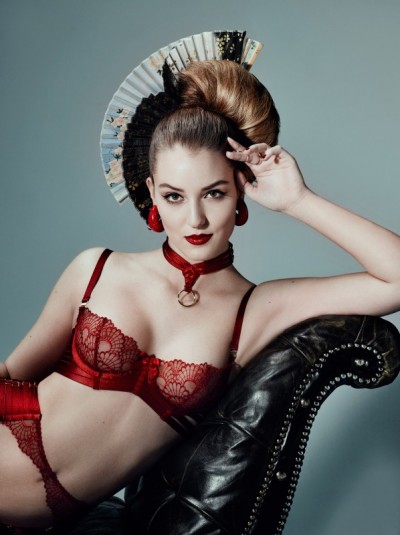
Bordelle Japonisme
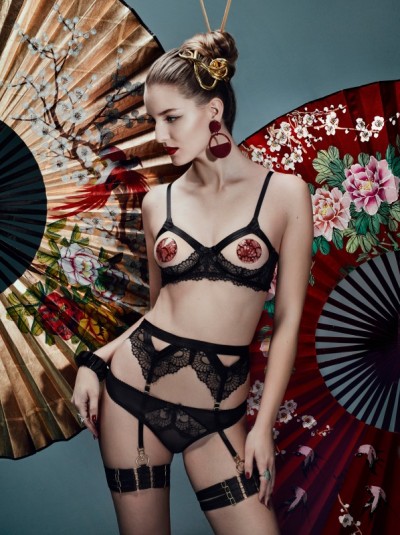
Bordelle Japonisme
Obviously, Marlies Dekkers, Bordelle, and Guerilla Geisha aren't the first companies to look for "exotic inspiration." But what's interesting is how this trope has made a concerted reappearance in the past year.
I'm inclined to believe the resurgence of this particular stereotype is connected to the lingerie industry's overall conservatism. Many lingerie brands are terrified of the future of intimate apparel, which seems to point towards more savvy consumers who are better-informed regarding their choices, more comfortable with shopping online (or special-ordering from brick-and-mortar boutiques they trust, even if they're far away), and who want to see themselves represented in brand imagery.
My hypothesis is that this fear of the future (combined with more than a little bit of laziness) has led to brands doubling on things they think will work now because they worked in the past. But that sort of behavior is exactly why so many brands and boutiques are falling to pieces. The key to longevity isn't in relying on the past; it's looking towards the future.
And now we get to the reason why I was reluctant to publish this piece at first.
I've been thinking about a lot of things in this weird, post-burnout, semi-hiatus TLA's been lingering in for awhile (also, hi and thank you for still being here!), and one topic I keep circling is how difficult it is for a business - any business really, but especially a fashion business - to be both socially conscious and profitable.
Yes, the founders of said businesses can be socially aware. But the actual business? Especially when we're talking about an industry that aggressively defines acceptable personhood and bases it on a narrow standard of physical beauty? I don't know. I'm just not sure it's possible.
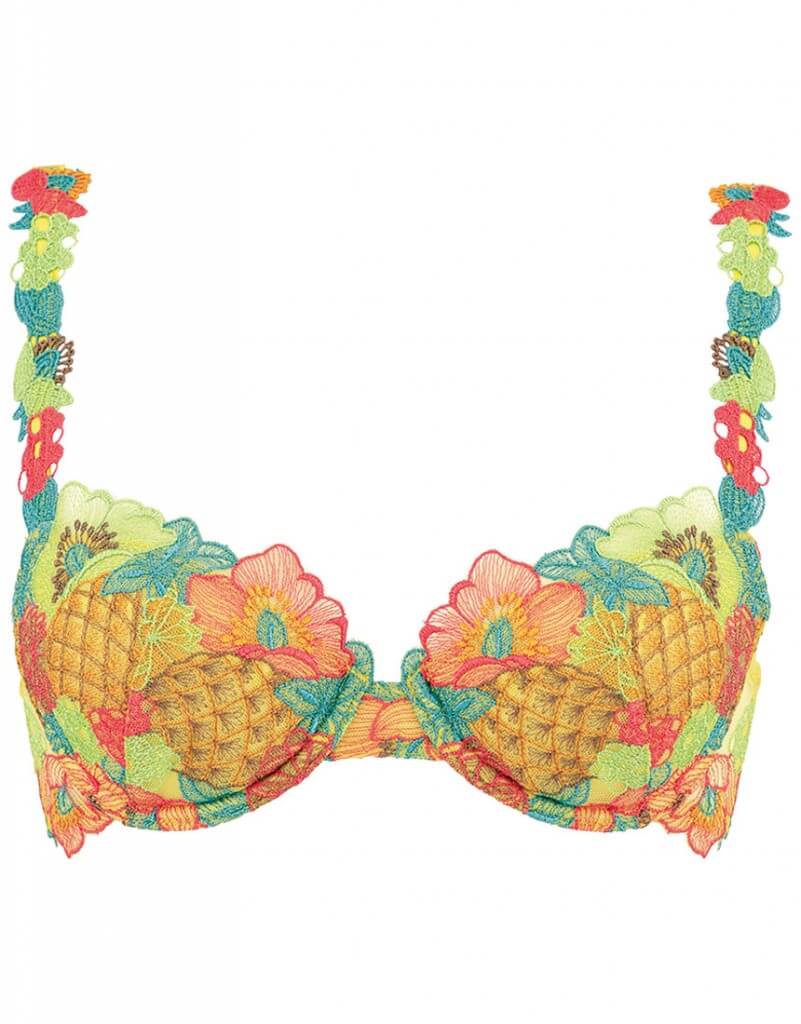
Modern Japanese lingerie from Wacoal
But also, I wanted to talk about the weird internal negotiation a piece like this requires.
As you've likely noticed, TLA is a business. The site makes money, most typically through advertising. And even though I'm dedicated to posting this article (there's been 25 revisions so far; I think it's time to hit the publish button), I can't help but think of the saying, "Those in glass houses shouldn't throw stones."
No, TLA isn't putting on runway shows of people in bad geisha makeup or styling photoshoots of models with chopsticks in their hair, but I also know that we're not doing everything perfectly. And as the site grows, I'm acutely aware of how difficult it is to navigate what's popular versus what's right. And what's popular is almost always more profitable than what's right.
Advertisers, especially in lingerie, get antsy when you don't fit into the industry's ideals or parrot industry chatter. Just looking the way I do (dark skin, kinky hair, visible scars, etc.), is a disadvantage in my niche. I'm already starting out in the "negative," so to speak, and so I'm constantly feeling like I'm walking a tightrope. How far do I go? What do I say? Am I okay with the consequences of going against the tide?
I'm not saying all this to evoke sympathy. My self-chosen career is awesome, and I love it. And I feel like TLA is in a unique position to discuss issues and topics and points of view that would otherwise never make an appearance in the larger lingerie conversation. But ironically, that's also what makes things difficult. In the larger fashion and beauty blogging worlds (which I see the lingerie blogosphere as being adjacent to, if not a part of), there are more people talking about these concepts, offering a range of opinions and experiences. But lingerie blogging hasn't made it there yet. I hope it does one day.
I almost feel like I'm leaving this article unconcluded. I wish there was some strong, decisive statement I could make at the end here, but I don't have one. I'm distressed that "geisha" archetypes seem to be having a revival in intimate apparel. I'm worried that other brands will see Marlies Dekkers' and Bordelle's latest campaigns as a good thing, and begin including East Asian stereotypes in their own collections. I'm concerned this article will put me even more on the fringes of intimate apparel, but that's also an outcome I'm prepared to accept. And I'm bothered at the notion, which I'm still working through, that there's no way to have a fashion business that is also a feminist business.
I think this is a good spot to stop. What do you think of things I've covered here? And why do you believe lingerie brands are returning to the geisha stereotype?






